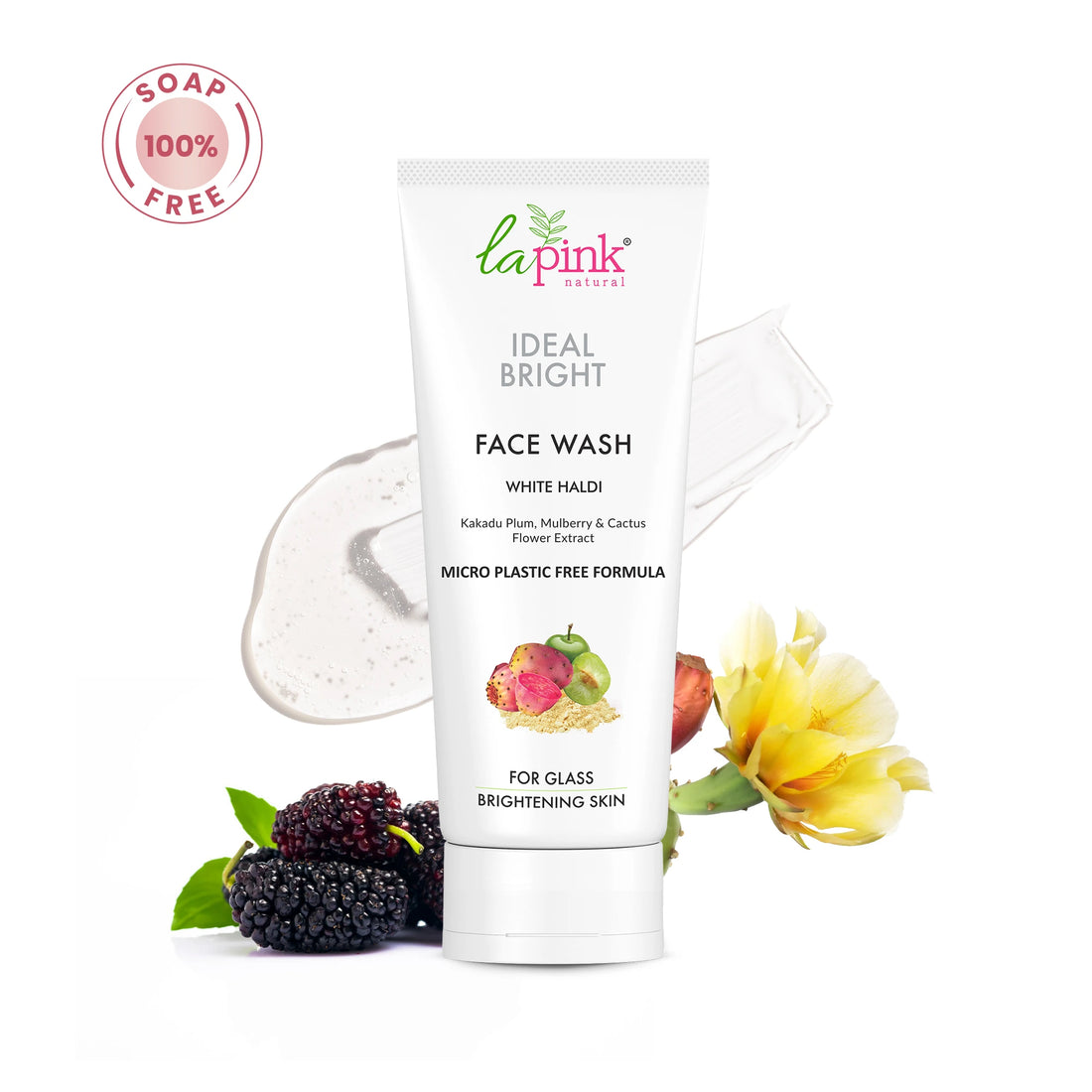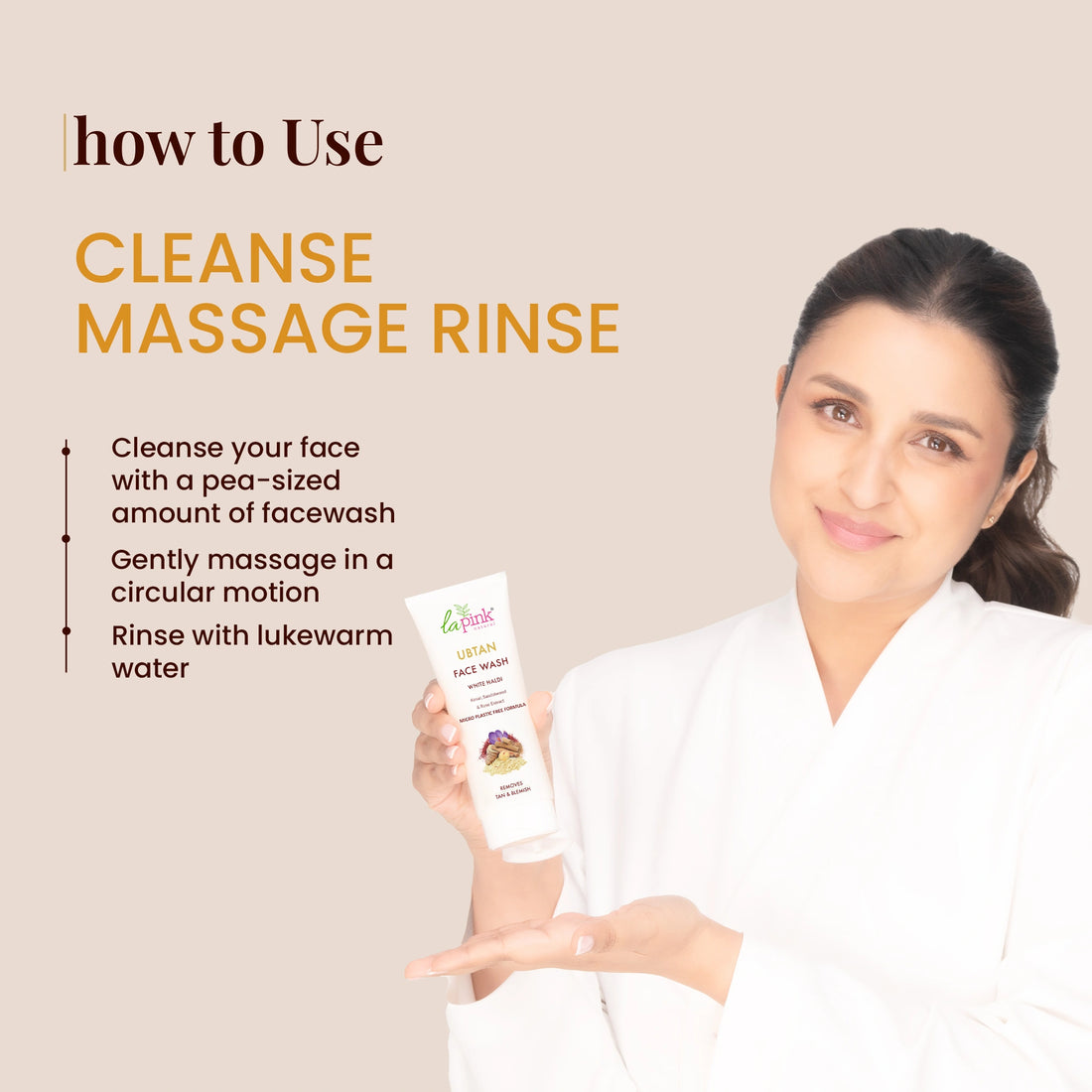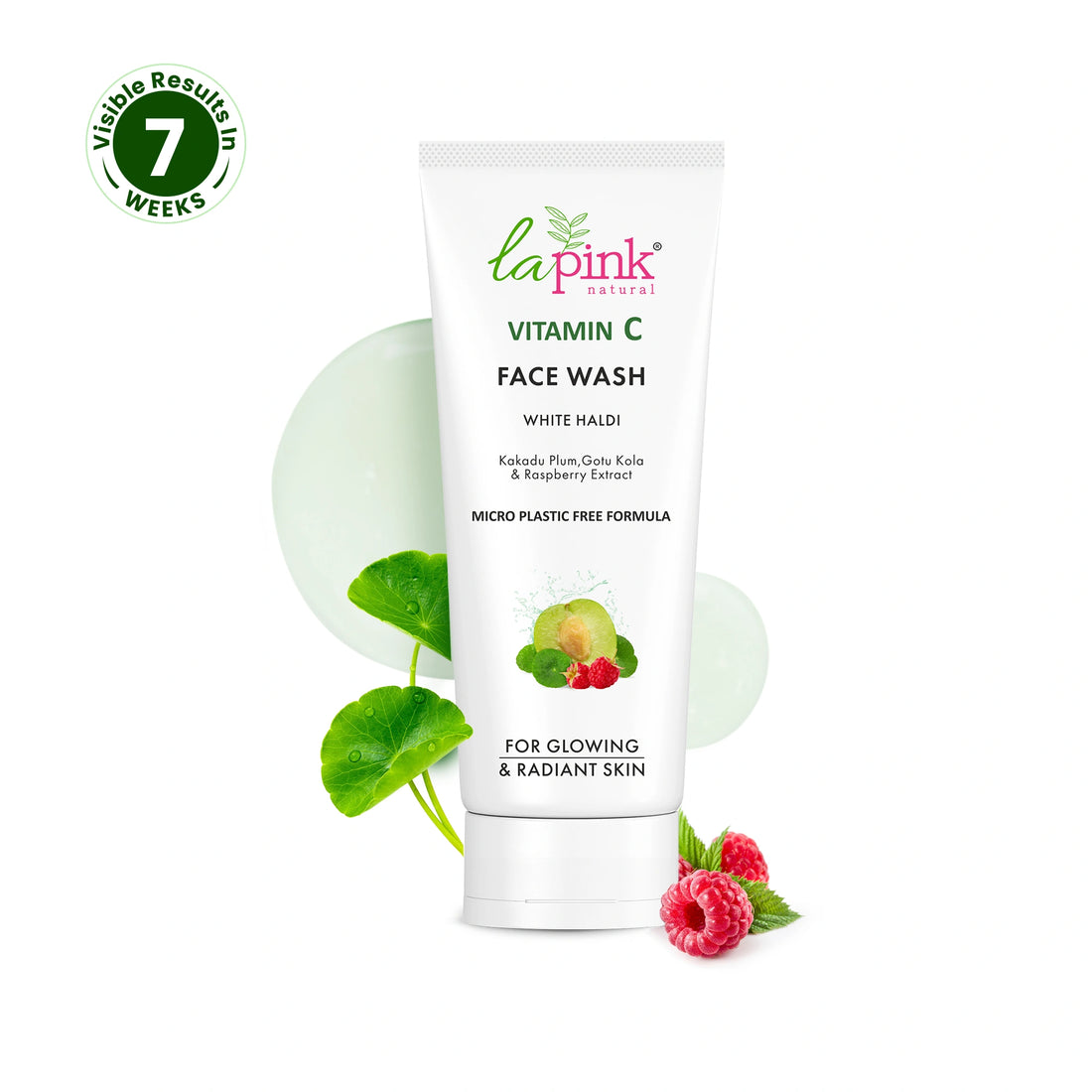
Water Quality & Its Impact on Skin & Hair in Cooler Months
Table of Contents Introduction What Exactly Is Water Quality? How Hard Water Messes With Your Skin in Winter How Hard Water Affects Hair in Winter Chlorine, pH, and Other Sneaky...

Kaolin clay is a gentle, naturally occurring white clay made up of mainly the mineral kaolinite. It's known for being very gentle and non-irritating, making it popular in products that are meant for sensitive, oily, and acne skin. Kaolin does this by pulling out impurities and absorbing excess oil from the skin's surface without removing natural moisture. It provides gentle exfoliation, too, sweeping away dead skin and leaving a smoother, more refined surface. Since it's so calming, kaolin is frequently included in clay masks, cleansers, and spot treatments designed to soothe irritation, reduce shine, and enhance overall skin clarity and balance.
Chemical Name: Aluminum silicate hydroxide
Chemical Formula: Al₂Si₂O₅(OH)₄
Kaolin clay, chemical formula Al₂Si₂O₅(OH)₄, is predominantly the mineral kaolinite—an aluminum silicate hydroxide. Its structure consists of a 1:1 layered stacking of silica tetrahedrons and alumina octahedrons, held together by hydrogen bonds. This imparts kaolin its softness, low abrasiveness, and gentle absorbency. It is unlike other clays because it has low cation exchange capacity, thus it will not remove essential minerals from the skin. These physical characteristics make it perfect for lightly cleaning, calming, and purifying oily, sensitive, or acne skin without drying or irritating it.




Kaolin's layered nature produces soft, fine particles that are gentle on the skin. This makes it perfect for use on sensitive skin because it cleans gently without irritation or rough abrasion, unlike harsher clays.
Its extensive surface area from its sheet-like layers makes kaolin a good absorber of excess oil and impurities.
Kaolin balances oily skin by eliminating shine without stripping away essential moisture or over-drying.
Tightly held layers of kaolin by hydrogen bonds, making it non-swelling in water. This stability gives a constant texture and gentle cleansing action, without the rough tightening or dryness experienced after use.
Kaolin possesses a low cation exchange capacity, so it won't strip your skin of valuable minerals. This preserves skin health and moisture, making it ideal for dry or sensitive skin.
Due to its smooth, non-reactive nature, kaolin calms and decreases redness. It's frequently incorporated into products designed to soothe irritated, inflamed, or acne-susceptible skin to gently cleanse without exacerbating inflammation.
Kaolin clay is primarily employed in face masks in high percentages. It serves as the main active ingredient to seep up oil, pull out impurities, and soothe inflammation. Suitable for oily, acne, or combination skin.
In cleansers, kaolin provides gentle exfoliation and gentle detox without sacrificing hydration. At lower concentrations, it assists in the removal of day-to-day grime and excess oils while maintaining the texture creamy and non-drying for sensitive or dry skin types.
Kaolin helps physical exfoliation in scrubs due to its soft, powdery nature. Kaolin helps remove dead skin cells and absorbs excess oil while keeping irritation at bay—making scrubs safer for sensitive or breakout-ridden skin.
Kaolin finds application in small quantities in primers to regulate sheen and soften skin texture. It minimizes surface oil, preventing greasiness during the day without being heavy or caky over makeup—good for oily or combination skin.
In setting and finishing powders, kaolin enhances oil absorption and provides a silky matte finish. It keeps shine at bay during the day, and also enhances spreadability of the product, and improves skin adhesion.
Kaolin is incorporated into soaps to enhance the creaminess of the lather and achieve gentle cleansing. In low concentrations, it is used to make the soap feel silky on the skin and remove dirt without stripping the skin aggressively—perfect for sensitive skin bars.
Kaolin finds more concentrated applications in focal blemish treatments to soak up excess oil and soothe inflammation. It leaves a drying, cleansing action that brings down the redness and facilitates the healing of blemishes sooner without irritating the skin excessively.
Kaolin clay softly absorbs sebum from the outer layer of the skin, keeping shine in check and greasy accumulation at bay. It does not over-strip the skin's natural oil like harsh clays do, so it is perfect for oily or combination skin management without causing rebound oiliness or leaving the skin tight and irritable.
Kaolin is a great binder for dirt, toxins, and impurities on the skin and is an outstanding detoxifying ingredient. Kaolin pulls out debris from pores without drying out or irritating the skin, helping to give the complexion a clearer, healthier look and minimizing the risk of blackheads or breakouts when applied consistently in masks or cleansers.
Kaolin clay also possesses naturally soothing qualities which calm redness, irritation, and minor inflammation. Its gentle texture and pH-neutral status mean it is safe for even the most sensitive skin types, giving super-gentle care without leading to dryness, stinging, or allergies—perfect for rosacea or mild acne.
By gently scrubbing away at the skin's surface, kaolin removes dead skin cells and smoothes out rough areas. Daily use helps to even out skin tone and refine texture, leaving the skin brighter and softer-looking—without the use of abrasive scrubs or extreme chemical exfoliants.
In products, kaolin contributes a creamy, silky texture to powders, cleansers, and masks. Kaolin enhances the feel of skincare products so that they apply smoothly and luxuriously and rinse away cleanly. Its gentle finish makes skin feel fresh and soft, rather than greasy or tight.
In contrast to drying clays, kaolin prevents dehydration of the skin. It cleanses softly without breaking down the lipid barrier, enabling the skin to hold moisture and stay resilient. This makes it an appropriate product for persons who desire to cleanse their skin but need to keep it healthy and comfortable in the long term.
Although less harsh than other clays, kaolin has the potential to dry or tighten if used excessively, particularly on very dry or sensitive skin. Proper moisturizing afterward is advised to prevent irritation.
Kaolin's soft arrangement results in its perhaps not being as effective as a deep pore cleanser or heavy oil absorber as a more robust clay like bentonite, making it a less suitable choice for very oily or acne skin.
Where there is extreme oiliness or acne, kaolin clay on its own might not be enough oil control or antibacterial activity and tends to be paired with other products for optimal use.
If not washed off completely, kaolin clay has the risk of leaving behind a light powdery residue on the skin that could potentially clog pores or dull the skin over time with regular use.
While uncommon, a few people can have mild redness or allergic contact reactions to kaolin clay, especially when used with other sensitizing ingredients in products. Patch testing is recommended
Kaolin clay's characteristic 1:1 stacked structure, held together by hydrogen bonds, keeps it from swelling when exposed to water—although most other clays do. This special ability makes it possible for it to pick up excess oil and impurities without robbing the skin of moisture or causing irritation. Due to this, kaolin is very gentle and ideal for sensitive, dry, and delicate skin types. Its non-expanding, stable characteristic provides consistent performance in skin care products, providing effective cleansing and soothing properties with no harshness attributed to deeper-acting clays.
Kaolin clay is a naturally occurring, soft white clay known for its gentle absorbent and detoxifying properties. It's especially beneficial for oily and acne-prone skin, as it helps unclog pores, reduce excess sebum, and promote a smoother, clearer complexion without causing irritation.
Yes, kaolin clay is one of the mildest clays used in skincare. Unlike harsher clays, it doesn’t overly strip the skin of its natural oils, making it ideal for sensitive or dry skin types. It soothes inflammation and gently exfoliates without triggering redness or dryness.
For normal to oily skin, kaolin clay masks can be used 1–2 times per week. Those with sensitive or dry skin should limit use to once a week. Overuse can lead to dryness, so always follow up with a hydrating serum or moisturizer.
5. Does Kaolin Clay Help with Skin Brightening?

Table of Contents Introduction What Exactly Is Water Quality? How Hard Water Messes With Your Skin in Winter How Hard Water Affects Hair in Winter Chlorine, pH, and Other Sneaky...

Table of Contents Introduction How Low Vitamin D Shows Up on Your Skin Why Hair Gets Dragged Down Too What New Research Says How to Keep Your Skin and Hair...

Table of Contents Introduction Indoor Allergens Go Up in Early Winter Everyday Stuff That Makes Skin Sensitive Real-Life Example: Eczema Gets Worse in Winter What’s Really Happening to Your Skin...




























































We use cookies and similar technologies to provide the best experience on our website. Privacy Policy



